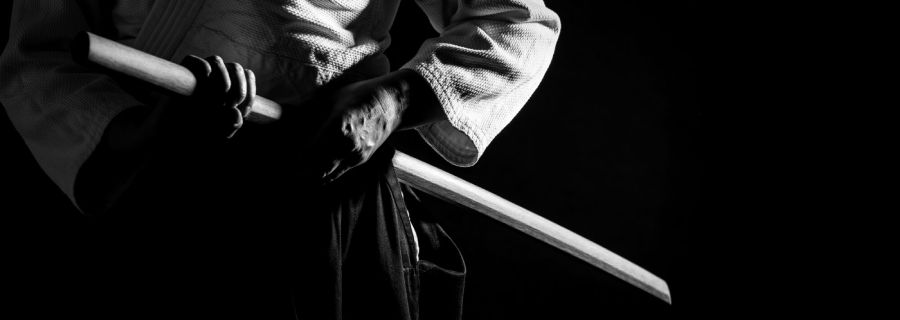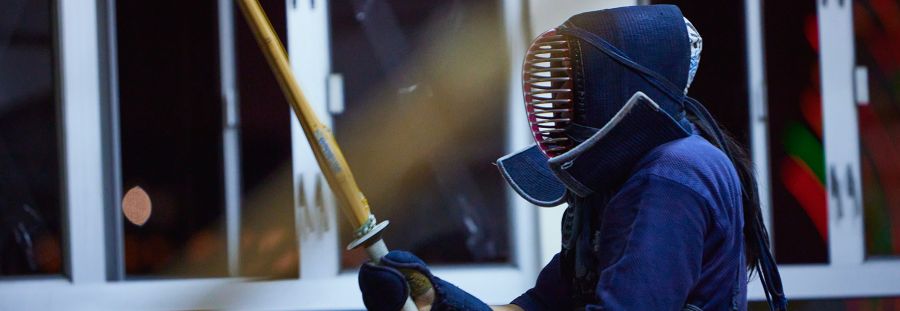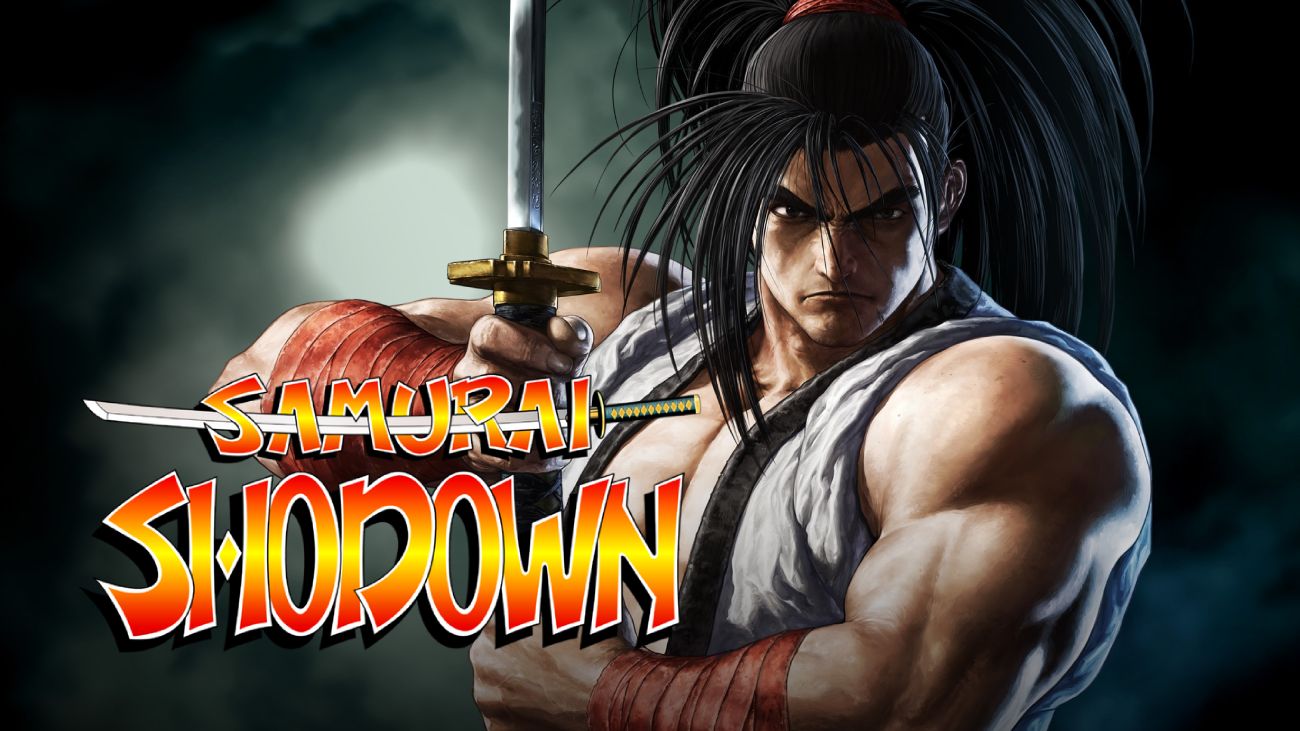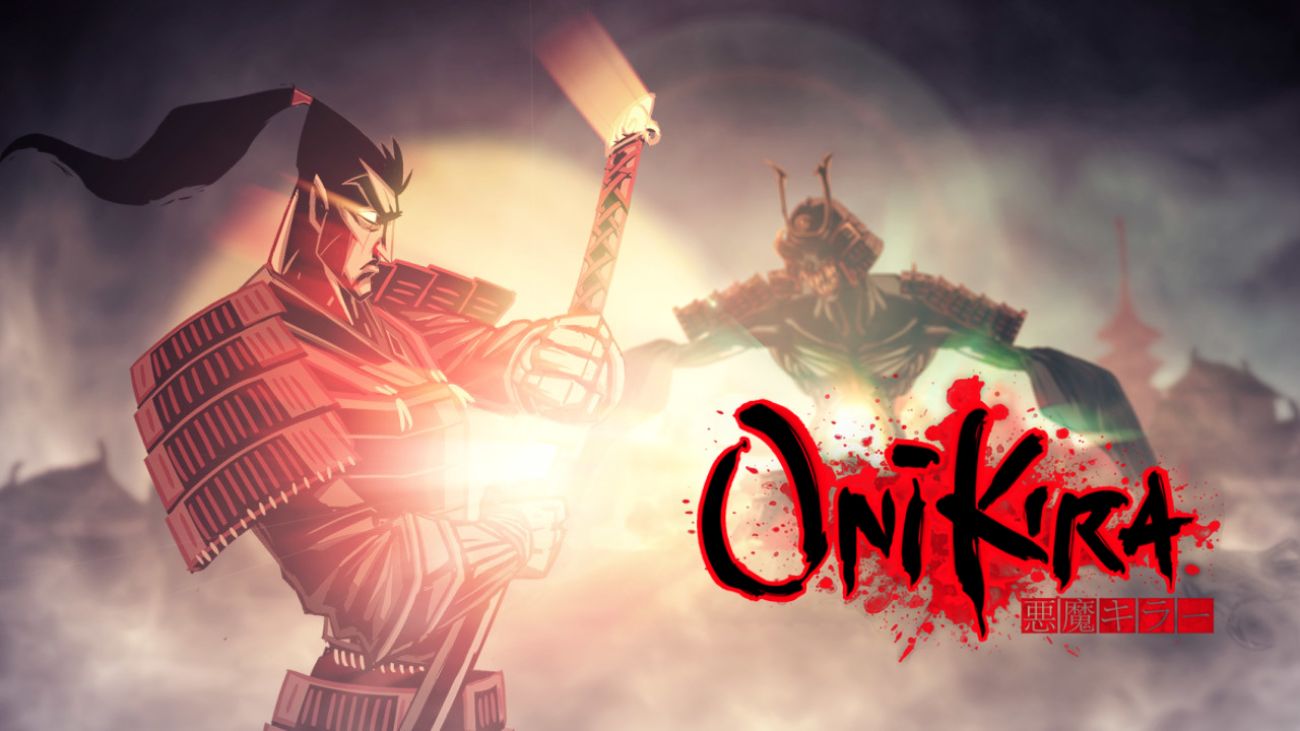It’s hard to imagine a samurai without his trademark katana. The Japanese sword is recognizable the world over because of its slender, slightly curved design, something that is a far cry from more Western weapons such as the European mandoble or the Middle Eastern scimitar.
Whatever weapon you choose, there isn’t one that can be mastered without some practice and that’s where martial or military arts come in. Through learning techniques, it is possible to subdue or defend with the weapon, and in the case of the sword, the kendo path (剣道) or “the way of the sword” is used.
Kenjutsu: The precursor of Kendo
Most samurai of the Muromachi era may have used a katana as their primary weapon, but not all of them used it in the same way. There were hundreds of different schools, each with its own tricks and well-kept secrets for its students. In addition, it was not uncommon for a samurai to create his own techniques and train different students in the field of swordsmanship, which came to be known as Kenjutsu.

Traditional martial arts began to reform from the late 19th century and in earnest in 1920 when the entity promoting the regulation of martial arts changed the name from Kenjutsu to the one we know today: kendō. This sport was practiced for decades in Japan until it reached international popularity in 1970, when the International Kendo Federation was founded.
Kendo weapons
As a sport that is, no weapons are used that could be dangerous to practitioners just as young samurai were trained with the bokken. From the Muromachi period onwards, Kenjutsu school training was carried out with these wooden swords (oak, usually) more or less a metre long with no edge or sharp point, although they can deliver powerful and deadly blows if they can be used.

On the other hand, in kendo competitions, a bamboo sword called a shinai, which is much safer than the bokken, with four rods connected by different points to make the weapon slightly more flexible and whose handle is normally lined with leather. A string runs through the weapon from tip to handle to indicate that the cutting part would be on the opposite side.
Bōgu: The armor of Kendo
Kendo’s main clothing consists of two main pieces; a thick cotton jacket called keikogi and very wide pants called hakama. Above these pieces are the armor pieces.

One of the most characteristic pieces is the helmet or men, which protects the head and throat and is fastened with a back strap. An inner cotton scarf keeps sweat from falling on your eyes and cushions bumps.
The kote are fingerless gloves that protect the hands and wrists. Dō is torso protection, which was traditionally made from bamboo, but currently plastic is generally used.
The hip is covered by the tare, where fighters have their names written and the dojo they belong to (or their city or country), something very useful to be able to differentiate the two opponents. The total weight of the whole gear is about 5 kilos.
Kendo rules
In Kendo competitions, the main objective is to obtain more points than the opponent. To earn these points, you must hit him with the shinai and there are four areas allowed for attack: head, forearm, torso, and throat (protected by men, kote and do).

When you are faster than the opponent and you strike him, you win an ippon (point) and you win the best of three (needing only two points to win). Fights take place in a maximum period of 10 minutes and a player with an ippon wins the match if he does not succeed in this time space.
There are several conditions to follow in order for ippon to be given and are learned by following the phrase “Ki-Ken-Tai (mind, sword, and body)”:
- Ki (spirit): You must scream when you attack. This verbal indicator is called “kiai”.
- Ken (sword): The enemy must be struck with the sword with the rope above, indicating that the enemy has been properly cut. In addition, you must hit it with the last area of the weapon, which measures 25cm and is marked.
- Tai (body): You must attack straight and with both hands on the weapon when attacking.
There is a fourth and final rule called zanshin, which means to be physically and mentally alert. A blow given for lack of concentration does not count or may be penalized if, for example, the opponent shows a disrespectful attitude (such as raising his fist in victory after hitting the rival, he would cancel the ippon won).
To fail as little as possible in giving points, the professional fight is monitored by three referees at a time, all with two flags (one red and one white). Each swordsman has a colored ribbon on his back and the referee will raise the flag of the same color as the player he scored.
Ranks and the promotion of Kendo
How can you tell the difference between beginners and experts in this sport? It is popular that in martial arts like karate, they use different colored belts to distinguish them, but in the case of kendo, there are different degrees.
You enter without a degree and start practicing to get the six lower grades called Kyū from sixth to first. It takes about 3 years of training to get them all, and after that, you access the ten levels called Dan. There are no visible differences between the different Dan levels.
To access a new Dan, you must take the same number of years as the previous Dan range (to access the 4th Dan, they must train 3 years). So, to access the 8th dan, you must be 46 years old if you started at 13 years old at the first level. Moving up to the ninth and tenth Dan is allowed only after the creation of a special committee by the International Kendo Federation. Only five people in the history of Kendo have reached the tenth level.
Nito-ryu: Fighting style with two swords
The vast majority of kendōka (kendo practitioners) begin to dominate the Itto-ryu or single sword fighting style. They all start here and over 95% stay, but this isn’t the only fighting style in the sport. An interesting variant is Nito-ryū or the style with two swords, where a short sword (shoto) and a long sword (daito) are used.

These techniques come from the famous Miyamoto Musashi, who used two swords at once to defeat his rivals, founding the Niten Ichi Ryū, a popular kenjutsu school still practiced. The right hand must bear the short sword. It cannot be used in all competitions, but if it is accepted, it can be fought without problems against an opponent with a single sword.
Associations and championships
The International Kendo Federation (FIK) was founded in 1970 and currently has 57 affiliated countries, with headquarters in Tokyo.
Since its founding, the World Kendo Championship has been celebrated every three years. Along with the main federation, there is also the European Kendo Federation (EKF), which brings together 35 countries on the continent.

In the Americas, the vast majority of countries have their own federation, such as the United States, Canada, Mexico, Guatemala, Argentina, Brazil, Uruguay, Ecuador, or Venezuela.


